Visual Journal, creative journal, Art Journal – many names for that mysterious book-like object which unfolds unique, subjective, captivating and vivid “mental images” (Hadar, 2016). I often see the expression of being drawn and longing experienced by people who come across pages of such journals for the first time – they are captivated, as if by a spell… something about the images, the colors, the free expression calls upon them to reconnect with something deep inside.
Colors, lines, blots and images are the oldest language spoken by our soul. Toddlers learn to draw before they learn how to read and write, and after a few years, at the age of latency, most of us lose the ability to use this special innate language. We are driven by self-judgment and comparison to others, who we always find more talented. Most of us give up on the use of art as a language – the language of symbols and metaphors, representing the mind in the strongest and clearest manner (ibid, 2016).
Art journals or Visual Journals have been around for many years and were adopted mostly by artists as a way to document their creative process. In recent years, art therapists, especially in the United States, began using Visual Journals and imaginative work as part of their work with clients.
Carl Jung (1954) created a few Visual Journals, with the most renown being the “Red Book”. In this journal he described fantasies and imaginary journeys with drawings and paint. In his “Red Book” Jung developed his theory about archetypes and the collective subconscious. He used his imagination and drawings in order to fix internal images. It is for a well-established reason that his theory served as one of the building blocks of art therapy.
Cathy Malchiodi (2002), a prominent figure in art therapy in the United States, says that a Visual Journal as a therapeutic tool is unique due to the following reasons: a relationship with an empathic and reflective therapist, therapeutic work that combines narrative writing and its establishment through visual means. The synergistic combination of text and artistic expression also creates an engagement of the two parts of the brain and facilitates, as she claims, the reduction of stress and relief from trauma, and finally – the journal becomes a significant object which documents the process of therapy and serves in fact as a transition object (ibid, 2016).
In her canonical book “The Creative Journal”, Lucia Capacchione (1979) describes the difficult period she experienced when she began making her creative journal. This period helped her formulate her theory about the use of a journal as an important therapeutic tool in art therapy.
Following my mother’s death, just like Capacchione, I went through a difficult time. During this period, I worked as an art therapist and became familiar with the Visual Journal. It helped me through a significant process of processing my grief and loss, and I have been researching and studying its many aspects ever since. This fascinating process of personal work, with individuals and groups, helped me develop a comprehensive scheme of facilitating Art-Journaling for groups.(Link-Scop, 2016)

This scheme is called “The Visual Journey Journaling ” (VJJ) and is essentially a method of facilitation that allows working with individuals and groups by means of a Visual Journal.
The method I’ve developed is intended not only for qualified therapists but rather for anyone who is ready to go through a process of deep inner change and embrace the work with a Visual Journal. Still, it is important to understand that the Visual Journal work is closely related to psychotherapy, and since it is a tool that can be put to use in psychotherapy, utmost caution and training is required in order to work with groups and individuals in a transformational manner.
This article will discuss the development of this innovative artistic practice which is closely related to the field of therapy; how may one be trained in this exciting practice? Who is the Visual Journal facilitator (groups and individuals)? And what are the different ways to teach about the Visual Journal?
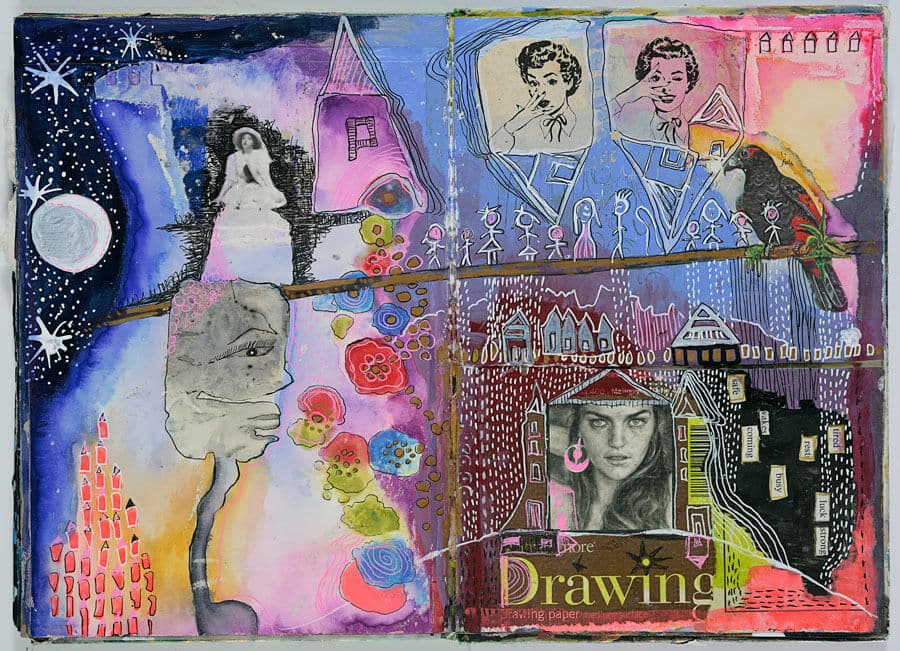
The development of the Visual Journal as a “therapy/self-expression” movement
Along with the development of the Visual Journal as a tool of art therapy, a worldwide movement began to form, drawing many people across the US, Europe and lately in Israel.
Art-Journaling or Visual Journaling has become a new field of art, closely related with psychotherapy and constituting a form of “self-care” or a tool for personal self-expression. This movement has been developing around the world for the past twenty years and is led
by artists that also practice therapy in some manner and therapists who are into the arts.
It is a journal and visual arts put together – a Visual Journal. The artwork incorporates many techniques and materials from the field of mix media. Any combination of materials and techniques is possible and acceptable. The works themselves look like “Soul Pages” displaying text, pictures, colors and materials in a variety of artistic techniques. Anything goes in the Visual Journal, any combination of techniques and materials you can think of: paints of various types, markers, pencils, sewing, printing, batik, watercolor, acrylic, drawing and in addition – intuitive writing, poetry and quotes from various sources. The journal integrates all types of textual and visual art and above all it serves as evidence of an internal process taking place within the author’s mind and soul.
This is an artistic-psychological field which draws large crowds and is expressed in internet groups and mutual sharing of works. This field allows many people to engage in highly personal work, without judgment or morals and without the need to sell or declare oneself as an artist.
A Visual Journal enables the freedom to connect to oneself in an authentic and meaningful way and engage in internal investigation, healing and even transformation and evolvement. The use of various techniques does not require complete mastery of them, but rather they are used to express one’s inner self.
Working with a journal enables a connection and passion that is expressed not only in the journal but also in real life. The creative work in a journal has a ripple effect; it affects the person creating it, other areas of his/her life and other people who see the work.
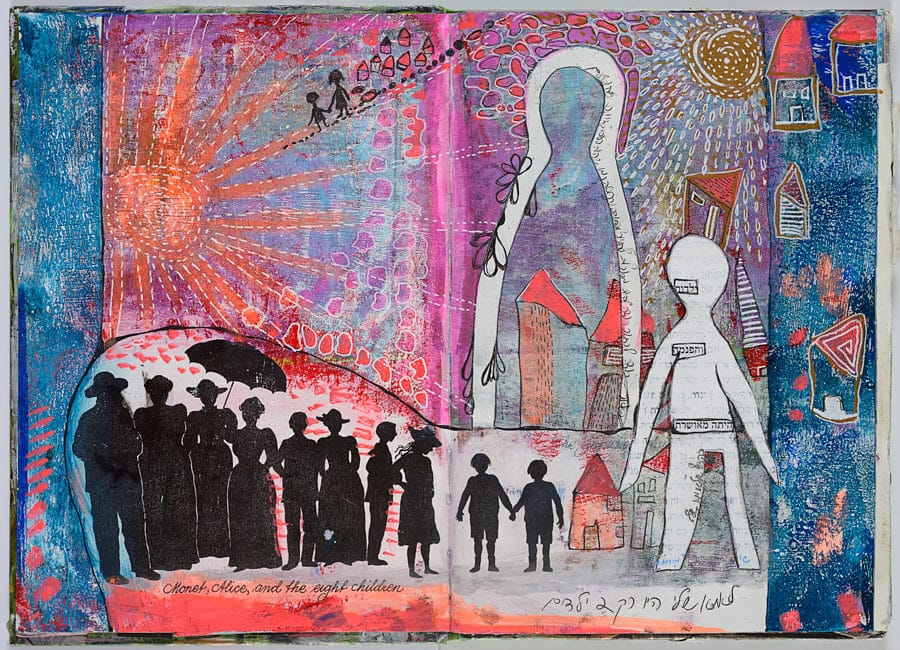
How may we learn how to work with a Visual Journal?
The method of working with a journal may be learned in different ways: group lessons, private lessons, online courses and personal trial and error. But above all it is important to understand that any teacher / facilitator who teaches Art Journaling should be first and foremost an established artist in this type of media. A teacher of Art Journaling is a person who works regularly with a journal, investigates his own internal processes and develops significant methods to transfer these processes to people who come to learn from him/her.
Contrary to any other form of art, learning Art Journaling means learning about internal processes and not only techniques and materials.
Around the world and across the Internet there are many groups and communities of Art Journaling. This practice allows many people to heal and recover. This practice also allows any person who took a few classes in Art Journaling to open a course or a study group and teach others how to work with a journal. I’d like to stress my opinion against this phenomenon and say that it is highly important to develop individual and collective responsibility in this innovative field.
Instruction or facilitation of Art Journaling for groups or individuals, is not the teaching of a standard practice of art. It is a practice that involves the soul and walks the fine line between art and therapy. Therefore, there is a need to hold special training for facilitators in the field of Visual Journal work.
What is the role of a Visual Journal art group facilitator?
The proper method of learning how to work with a journal is not just through teaching techniques, but rather through personal work processes taught by the facilitator. The facilitator himself must teach a combination of techniques and internal processes which he tested on himself, investigated, examined and developed.
It is a real alchemy of the creation of an internal-mental process integrated with imagery, techniques and the use of specific material techniques. The outcome is a “Soul Page” that enables the expression and processing of internal processes.
Since this practice is so closely related to psychotherapy, people who choose to teach “Visual Journaling” or “Art Journaling” must develop a unique personality; a combination of an artist and facilitator. This combination will provide them with the technical knowledge and theoretical knowledge so that they may instruct groups engaged in psychological matters, and that they’ll be able to lead people into feeling safe when introducing such matters. The facilitator-artist should know how to construct significant processes that will enable a true expression of the mental content brought about through artistic work.
The Visual Journal facilitator should first and foremost be a Visual Journal artist in his own right. A person who is familiar with many techniques and owns them through personal internal work. A person who works daily with his journal and gains much personal benefit from it.
This facilitator should be a person with strong internal ethics and integrity. A creative artist who has the desire and genuine curiosity to learn more about herself/himself and go through change and growth, even if it involves pain and exposure of vulnerable comfort zones.
This type of person works intuitively in her/his journal and then tries to understand the outcome, and the reasons for which the techniques and processes she/he selected caused an internal shift and change. They are a type of psychological scientist. They examine themselves all the time and are inspired by nature, by theories, by practices with which they
feel a connection, and by poetry. They make connections that are special and seem impossible.


Process and technique in the Visual Journal – a personal statement
Techniques are like vehicles carrying us from one place to another. The process is the willingness to dive in and discover wonderful things that exist only within us.
Each class I teach about the Visual Journal shifts between technique and internal process. My goal is to get my students to go through a meaningful process of growth rather than just the production of pretty visual pages. My aim is to have my students connect with themselves and realize that there is a whole world within them that yearns to break out and be expressed.
It is important to understand that each Visual Journal class is a work of alchemy involving an internal process, various techniques, various materials or physical processes such as ripping, burning, embroidery and the like which come together to form a physical-mental process that comprises of phases, each phase leading to the next, with all of them linked by a single intent.
In my courses for Visual Journal facilitators, I teach the unique process of using personal internal content and putting them together into processes through the Visual Journal. The uniqueness of this process is that each person learns to rely on their own inner world, their inner magical garden and their inventive and imagination capabilities. They learn to use these capabilities to form meaningful art / processes.
These processes are accompanied by journal pages created following the implementation of the process. Only when the process is generated by internal work in the journal, and by feedback sustains that same work, then that person may transfer the acquired knowledge on to his students.
I believe that any student in any Art Journaling course should not use the same complex processes experienced when they studied with a particular teacher, they must dive into their own wonderful garden or pool of ideas and create something new. Understand this idea is the real blessing in Art Journaling.
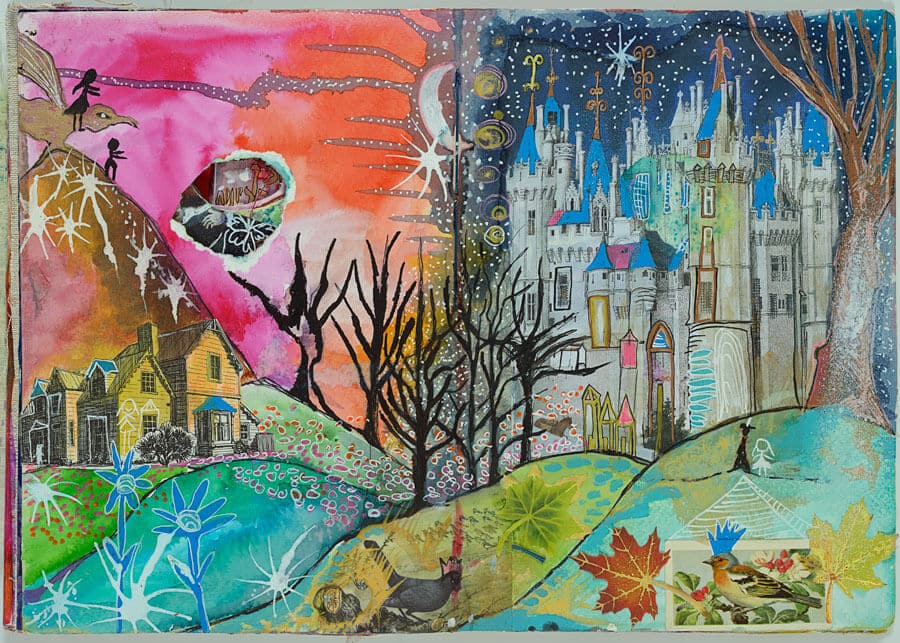
What is a work session using the Visual Journal?
In each Visual Journal class the facilitator needs to choose his place along these two axes:
Techniques on one side, internal process on the other side.
Structuring versus intuitive work.
When examining the work of a group over time we may observe a development from technique to internal process. As the group continues to work together and forms a vessel for work and sharing, they may advance closer to inner work and also use other techniques such as guided imagery, intuitive writing and so on. In the early stages of group work, the facilitator focuses mainly on teaching new techniques.
The movement on the second axis of structuring versus intuitive work also shifts as the group evolves. In the beginning of the work, sessions should be structured, step by step towards the creation of a complete work. As the group evolves the facilitator may allow them greater creative freedom and guide them towards internal work.
Types of Visual Journal sessions
1. Techniques only – for example Gelli Plate prints, sewing and binding. A process such as this, which is technical in its essence, also contains aspects of evolvement, healing and awareness. Such classes are suitable for the first sessions of the group.


2. Structured session – the facilitator develops a process, which is a combination of techniques and internal process, and leads the group to complete their work, step by step. Products often look similar because of the use of similar materials and techniques, but the content is different and thus the results are inevitably different.The advantage of this type of session is learning and acquiring skills of techniques. These sessions are important during the first months of the Visual Journal course. These sessions aim to provide students with a bank of various techniques


3. Structured session with free technique.
3.1 Structured artistic guidance: structuring is reflected in the instructions directing towards an internal process but expressed in artistic action – the choice of techniques and materials is free. For example, the facilitator may request “draw over a childhood picture of yours with acrilic”; each member of the group will be


able to draw on the picture in a different way and with different colors.Such type of session is suitable for a group that has been working for at least ten sessions and are able to work freely.
3.2 Structuring using additional therapeutic tools: for example – focusing, guided imagery, or “ voice dialogue” and so on; and the creative work as a consequence should be mostly intuitive. Group members can choose to work with the variety of materials in the studio. This may require some guidance but there is more creative freedom. This freedom may provoke anxiety among people who still feel unconfident with techniques and do not work regularly in their journal.


4. Entirely intuitive session – the facilitator introduces a random subject or allows students to choose their own subject and start working in a completely intuitive manner. This is the most advanced stage where students can work by themselves and require only occasional guidance – and an “extra eye” to assist them.
These sessions are especially suitable for advanced groups who went through the earlier steps and are able to work individually.
In each group session it is important to maintain a procedural structure with a segment dedicated for sharing at the beginning and especially at the end. Sharing helps processing the content and ensuring that the process was not too overwhelming emotionally.
A Visual Journal facilitator, in addition to her/his artistic ability and creativity expressed in the planning of the artistic process of the sessions – should develop mental and behavioral capabilities to enable her/him to lead the group in processes of processing and comprehension of what they created. He/she should lead the team through a clear path and phases appropriate for a group’s evolvement. I will delve into these capabilities of the facilitator in my next article dealing with the artist / facilitator and group work.

In conclusion
This article aims to briefly describe a new field of art closely related to therapy. Many people practice it individually and study with different teachers who have not obtained certification or who do not have the ability to touch the minds and souls of their students.
It is important to create milestones or ethical rules for ordinary people who wish to serve as group facilitators in this field of art. This article deals mainly with the ability of the facilitator to create sessions that comprise of processes that are a combination of internal work and creative work. This ability is associated with the facilitator’s personal development as a creative artist and his ability to create processes resulting from his own inner world.
A Visual Journal facilitator is a guide who walked a certain path and knows how to lead others safely through it. He/she has already mastered this path and created his/her own solutions which he/she then teaches others.
When we are able to regularly work with a journal and create our own solutions and processes – only then may we teach others. Therefore being a Visual Journal facilitator is not only a job for the sake of ego and earning money; it is a mission to teach others to trust themselves and realize that the real treasure is within.
In addition, a Visual Journal facilitator should develop processing and insight capabilities regarding subjects that may arise in the group due to the journal work – I will deal with this subject in my next article.
Being a Visual Journal facilitator is a responsibility but also a blessing. It means being constantly engaged in renewable ongoing work, a tireless search for authenticity and the formulation of a process that really works. This ability to lead others through an internal process based on materials and techniques – is a capability which evolves over time and with willingness, patience and determination to create new things; it is an ability which causes the facilitator himself/herself to evolve as an artist and allows him/her to connect with her/his inner passion.
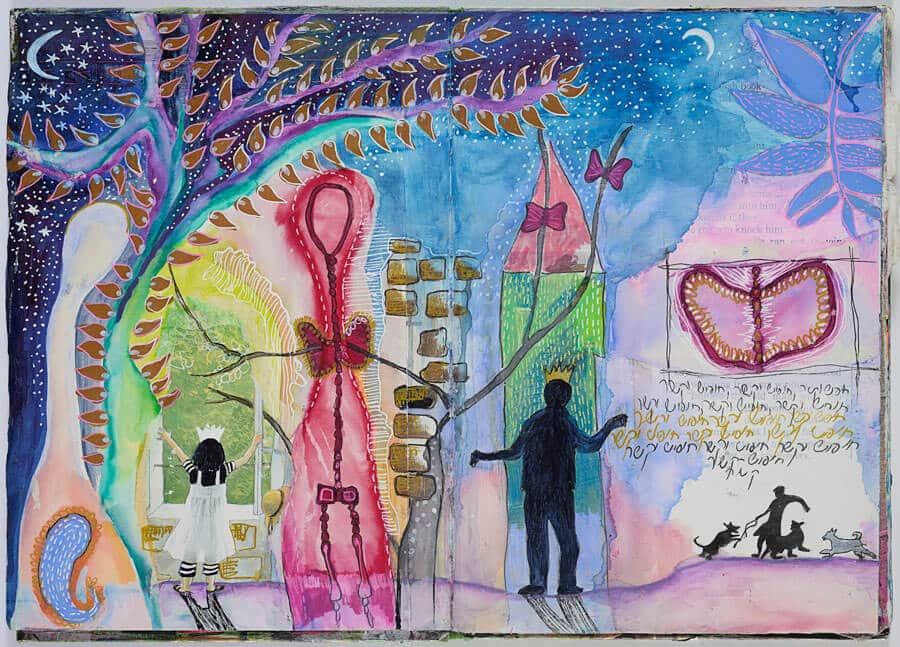

Bibliography:
Rakefet Hadar (2016) “The Visual Journey Therapy” – the Visual Diary as a therapeutic tool. “Between Words” Kibbutzim College.
Capacchione, L., 2015. The Creative Journal, Ohio: Ohio University Press.
Malchiodi, C. A., 2002. The Soul’s Palette, Boston & London: Shambhala.
Jung, C. G., 2009. The Red Book, New York & London: W. W. Northon & Company.
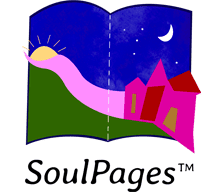

תגובות אחרונות